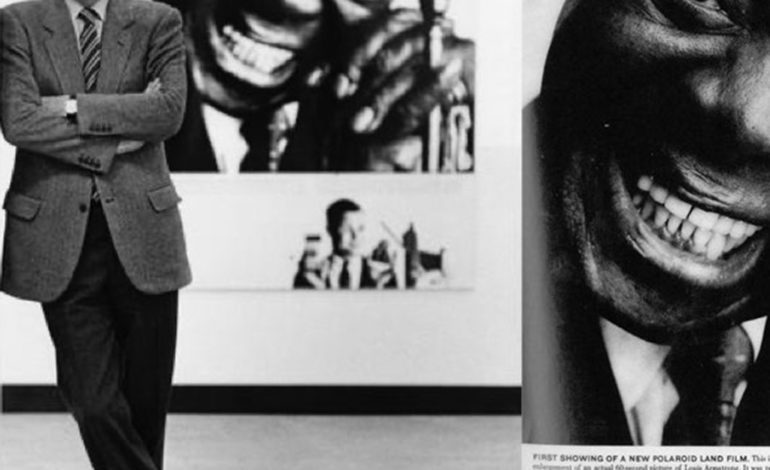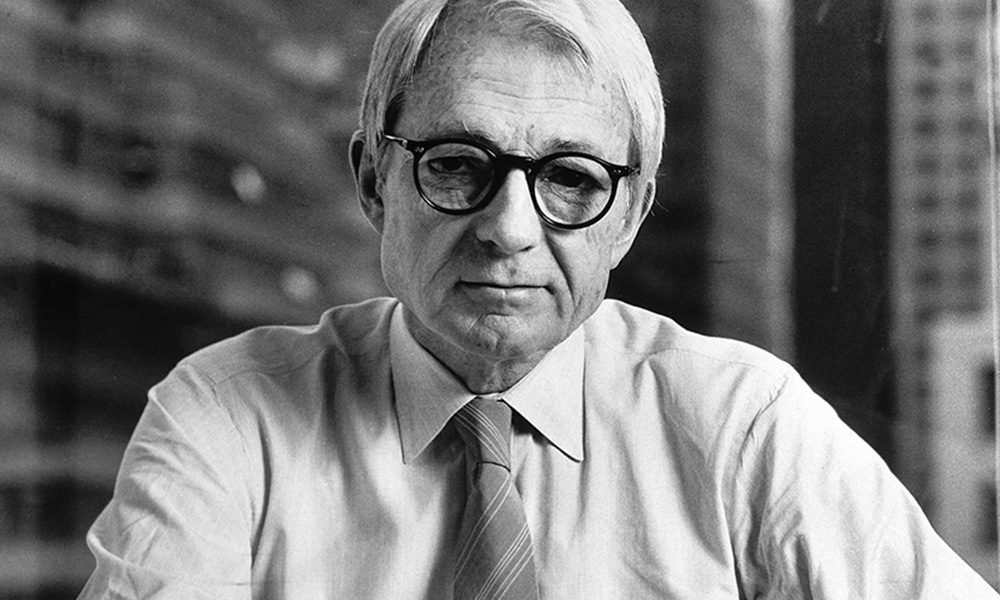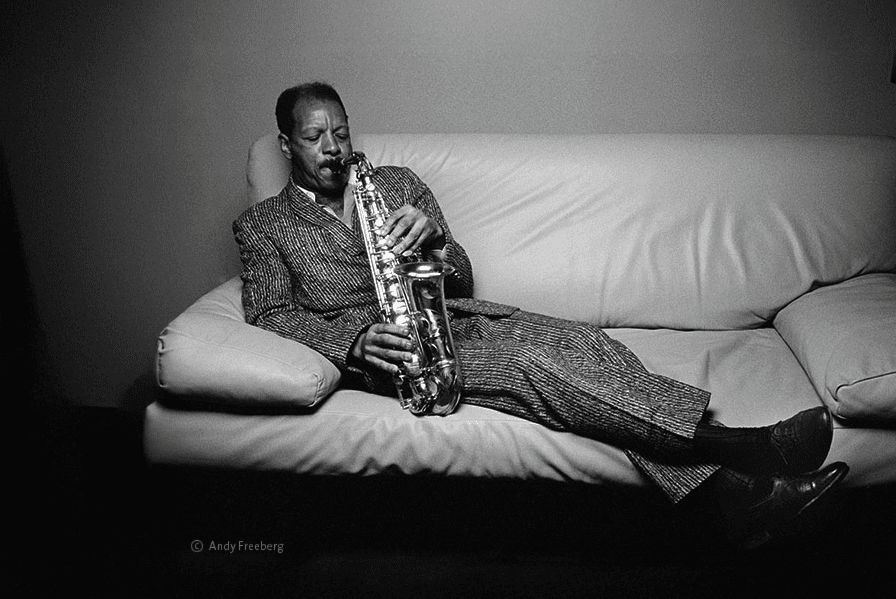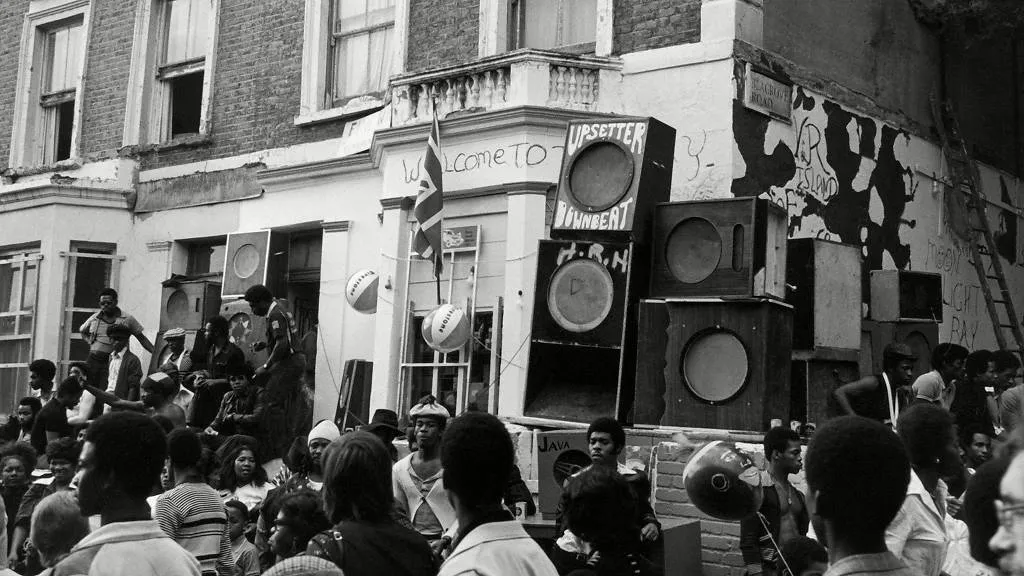Helmut Krone: The Design Genius Behind Volkswagen and Avis Ads

Helmut Krone, one of the greatest advertising legends, is known for his innovative and artistic approach to advertising.
He believed in creating ads that were so good that they didn’t need logos.

What was Helmut Krone’s background in the advertising industry?
Helmut Krone began his career in advertising in the 1940s and quickly rose through the ranks due to his unique approach to advertising. He worked for several top agencies throughout his career, including Doyle Dane Bernbach, where he created iconic campaigns for Volkswagen and Avis.


What are Helmut Krone’s thoughts on logos in advertising?
Krone despised logos and thought they were unnecessary. He was able to create lasting corporate images even without the use of a logo or designing one. He believed that logos distracted people from the message of the ad.
What was Helmut Krone’s approach to advertising?
- Krone believed that advertising should be minimalist and unobtrusive.
- He focused on clean and simple designs that conveyed the message without any distractions.
- His approach to advertising was artful and unconventional.
Why was Helmut Krone successful in the advertising industry?
- He had a unique approach to advertising that was both artistic and unconventional.
- Krone was able to create ads that were memorable and effective without relying on traditional advertising methods.
- His work for Volkswagen and Avis is still revered as some of the best advertising of all time.


What were some of Helmut Krone’s most famous ad works?
Krone is most famous for his work for Volkswagen and Avis. The “Think Small” campaign for Volkswagen is considered one of the best advertising campaigns of all time. The “We Try Harder” campaign for Avis is another one of Krone’s most famous works.


Helmut Krone was a trailblazer in the advertising industry who believed in creating ads that were minimalist and effective without relying on logos. Krone disliked incorporating logos in his work since it made it apparent that the goal was to promote something. Rather, he aimed to design an advertising style that could be distinguished from a distance of 20 yards.
His approach to advertising, coupled with his legendary campaigns for Volkswagen and Avis, has cemented his place as one of the greatest art directors in advertising history.

Longing For Better Content?
No one belongs here more than you do.
Read thought-provoking articles that dissect everything from politics to societal norms. Explore critical perspectives on politics and the world around us.
Also, you can follow us on Instagram








